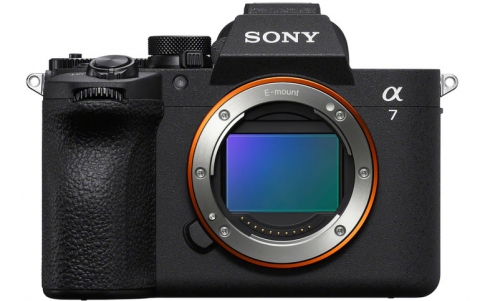
ASMedia Technologies Demonstrates USB 3.1 10Gbps
Asustek's subsidiary Asmedia Technology demonstrated SuperSpeed USB 10 Gbps (USB 3.1) data transfer on its hardware development platform at the USB Implementers Forum (USB-IF) annual membersmeeting in Honolulu.
This demonstration marks the first public showing of a working SuperSpeed USB 10 Gbps physical layer of the OSI model (PHY.)
ASMedia also constructed a hardware prototyping platform consisting of a PCI Express add-in card with ASMedia's PHY and implementing ASMedia's SuperSpeed USB 10Gbps Host and Device Controllers with SSD under RAID.
USB 3.1 is the newest revision of the USB technology. Released on 31 July 2013, its data transfer rate jumps to 10 Gbps on a bi-directional link, more than double the effective bandwidth of the SuperSpeed USB (USB 3.0) standard. It also reduces line encoding overhead to just 3% by changing the scheme to 128b/132b.
USB 3.1 products will maintain backwards compatibility with existing USB 3.0 software stacks and device class protocols, existing 5 Gbps hubs and devices, and USB 2.0 products. Using three power profiles of those defined in the USB Power Delivery Specification, the USB 3.1 standard lets devices with larger energy demands request higher currents and supply voltages from compliant hosts - up to 2 A at 5 V (for a power consumption of up to 10 W), and optionally up to 5 A at either 12 V (60 W) or 20 V (100 W).
USB 3.1 is the newest revision of the USB technology. Released on 31 July 2013, its data transfer rate jumps to 10 Gbps on a bi-directional link, more than double the effective bandwidth of the SuperSpeed USB (USB 3.0) standard. It also reduces line encoding overhead to just 3% by changing the scheme to 128b/132b.
USB 3.1 products will maintain backwards compatibility with existing USB 3.0 software stacks and device class protocols, existing 5 Gbps hubs and devices, and USB 2.0 products. Using three power profiles of those defined in the USB Power Delivery Specification, the USB 3.1 standard lets devices with larger energy demands request higher currents and supply voltages from compliant hosts - up to 2 A at 5 V (for a power consumption of up to 10 W), and optionally up to 5 A at either 12 V (60 W) or 20 V (100 W).
















